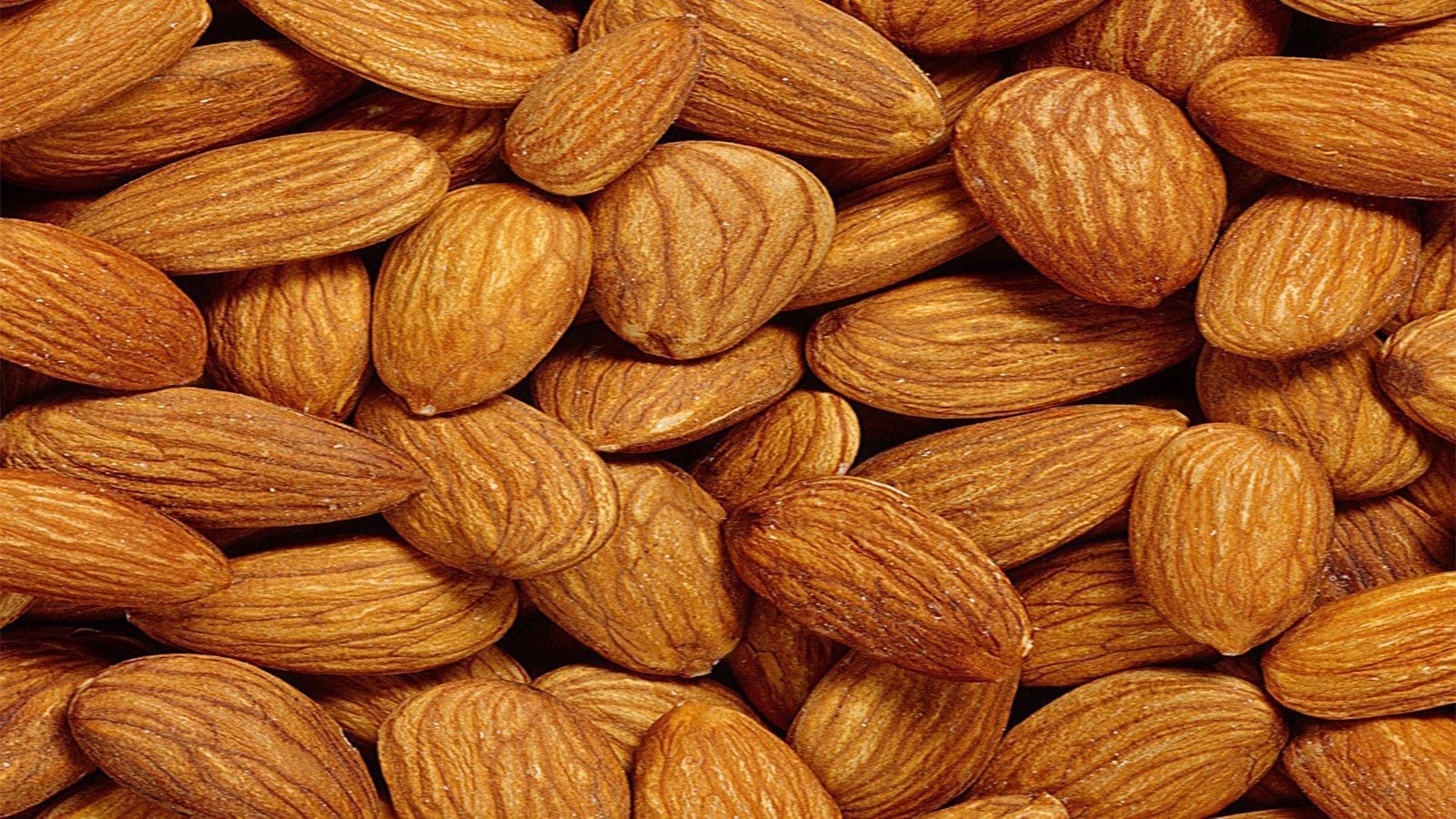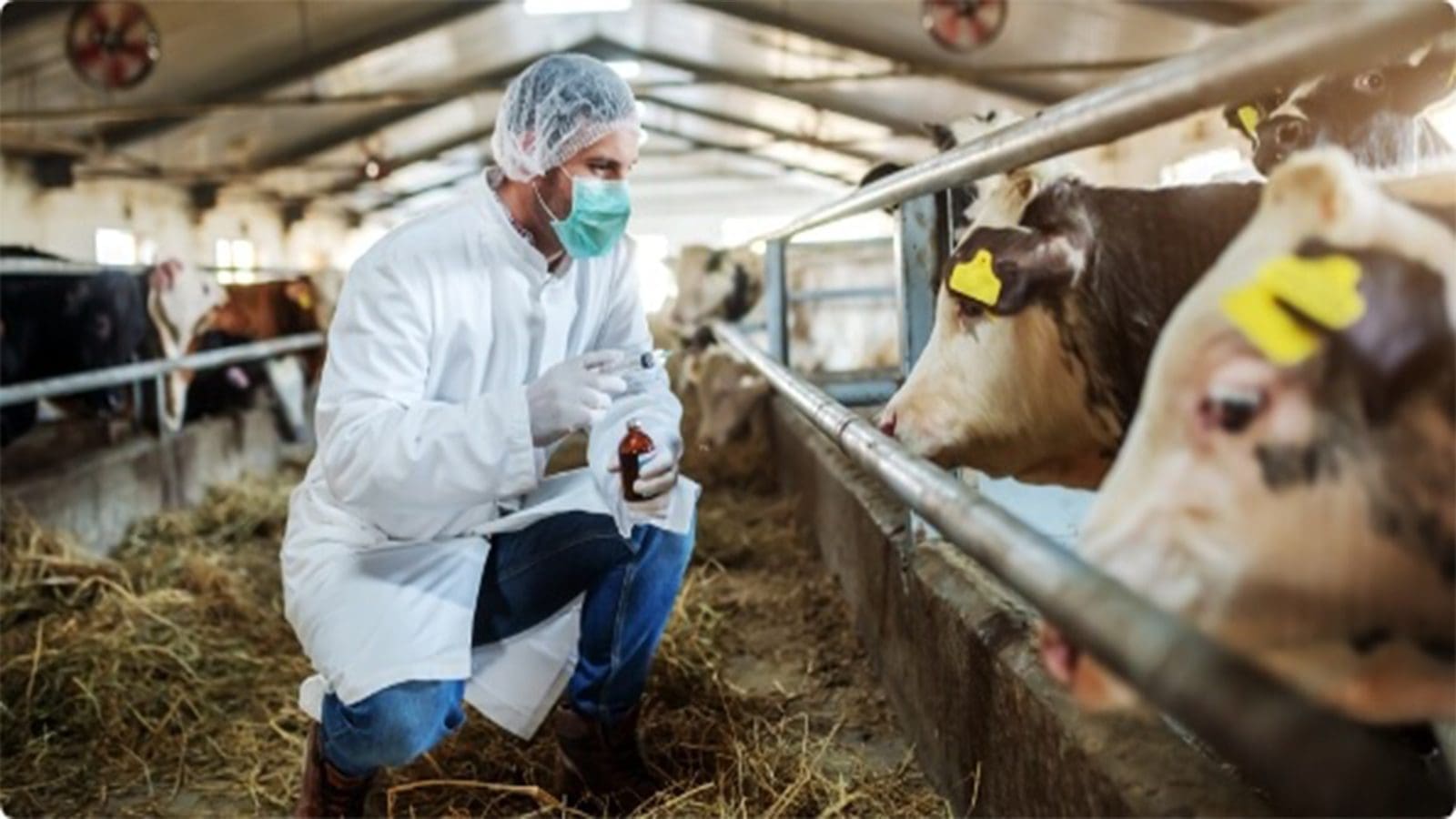CANADA – Canada has established the maximum residue limits (MRLs) for the fungicide Flutriafol in hops and almond nuts as per the requirements of the Pest Control Products Act for food imported to and sold in Canada.
Flutriafol is a systemic broad-spectrum fungicide from the triazole group, which is usually used for seed dressing of cereals. It is currently registered in Canada for use on apples, grapes, strawberries, and soybeans.
It can cause liver toxicity through the ingestion of its residues in food and water. However, little is known about its liver toxicity, particularly nonalcoholic fatty liver disease (NAFLD) in humans.
According to the Pest Control Products Act, Health Canada’s Pest Management Regulatory Agency (PMRA) accepted the request to specify MRLs for flutriafol in the imported commodities of hops and almonds, to control or suppress certain fungal diseases.
The MRL for hops has been set at 20 parts per million (ppm) while for almonds is 0.6 ppm.
Health Canada has determined the quantity of residues that may remain in, or on, the imported commodities when flutriafol is used according to the label directions in the exporting country, and the residues will not be a concern to human health.
Therefore, the foods containing residues resulting from this use are safe to eat, and MRLs are being proposed as a result of this assessment.
In assessing the risk of a pesticide, Health Canada combines information on pesticide toxicity with information on the degree and duration of dietary exposure to the pesticide residue from food.
It must determine the quantity of residues that could remain in or on the imported food commodities when the pesticide is used according to label directions in the exporting country, and that such residues will not be a concern to human health.
If estimated human exposure is less than or equal to the acceptable level, Health Canada concludes that consuming residues resulting from use according to label directions approved in the foreign country is not a health concern.
The proposed MRL is then subject to consultation to legally specify the MRL on the corresponding imported commodity.
An MRL applies to the identified raw agricultural food commodity as well as to any processed food product that contains it, except in certain instances where different MRLs are specified for the raw agricultural commodity and its processed product(s).
To comply with Canada’s international trade obligations, consultation on the proposed MRLs is also being conducted internationally by notification to the World Trade Organization (WTO).
Liked this article? Subscribe to Food Safety Africa News, our regular email newsletters with the latest news insights from Africa and the World’s food safety, quality and compliance. SUBSCRIBE HERE








